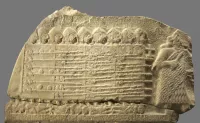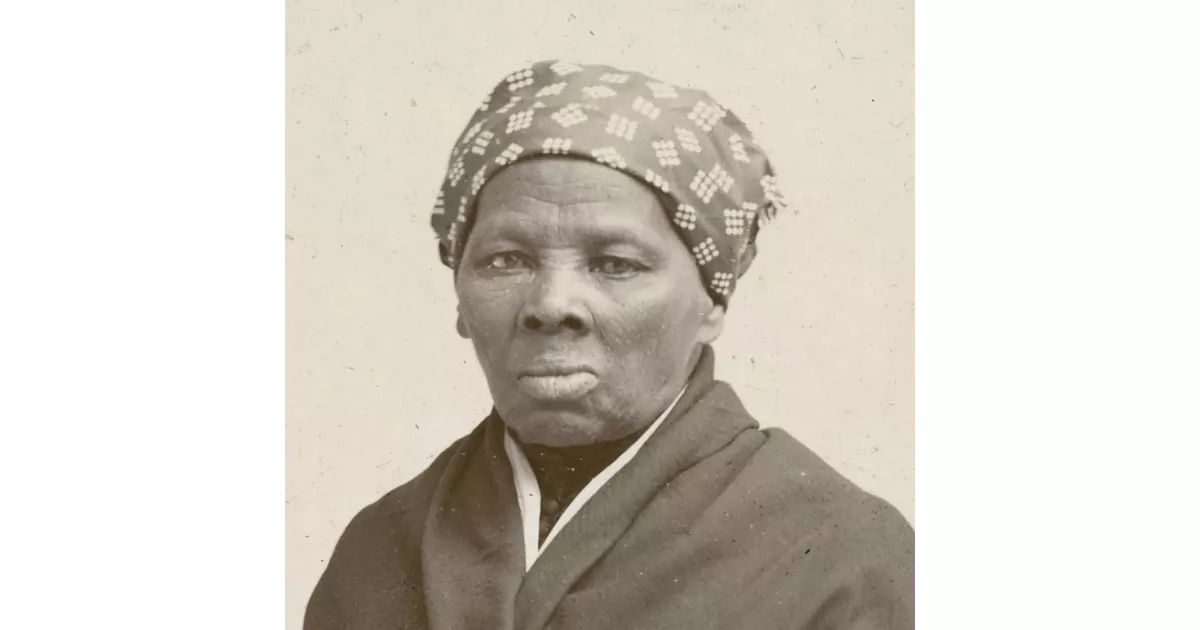Harriet Tubman was a pivotal American abolitionist and social activist who escaped slavery and subsequently risked her life to rescue approximately 70 enslaved people through the Underground Railroad. She embarked on around 13 missions to guide individuals, including family, to freedom. During the Civil War, she served the Union Army as an armed scout and spy, providing crucial intelligence. Later in life, Tubman became a dedicated activist in the women's suffrage movement, advocating for women's right to vote. Her bravery and commitment to equality cemented her legacy as a significant figure in American history.
1901: Final revision of biography
In 1901, a final revision of Sarah Hopkins Bradford's biography of Harriet Tubman was published, adding an appendix with more stories about Tubman's life.
1903: AME Zion Takes Over Tubman Home
In 1903, after Harriet Tubman almost lost the property due to financial difficulties, the AME Zion church agreed to take over the Harriet Tubman Home for the Aged.
June 23, 1908: Opening of the Harriet Tubman Home
On June 23, 1908, the Harriet Tubman Home celebrated its opening, with Harriet Tubman as the guest of honor.
1911: Tubman Admitted to Rest Home
In 1911, Harriet Tubman's failing health led to her admission into the rest home named in her honor.
March 10, 1913: Harriet Tubman's Death
Harriet Tubman, born Araminta Ross, died of pneumonia on March 10, 1913, surrounded by friends and family. She was buried with semi-military honors at Fort Hill Cemetery in Auburn, marking the end of her remarkable life as an abolitionist and social activist.
1943: Publication of Earl Conrad's biography
In 1943, Earl Conrad's "Harriet Tubman," the first full biography of Tubman after Bradford's, was published after a difficult search for a publisher. It aimed to be a more objective account of Tubman's life for adults.
1944: Launch of SS Harriet Tubman
In 1944, the United States Maritime Commission launched the SS Harriet Tubman, the first Liberty ship named for a black woman.
1963: First Television Dramatization of Tubman's Life
In 1963, Harriet Tubman's life was first dramatized on television in an episode of 'The Great Adventure'.
1978: First U.S. Postage Stamp
In 1978, Harriet Tubman became the first African-American woman honored on a U.S. postage stamp.
1995: Second Postage Stamp
In 1995, Harriet Tubman appeared on a second U.S. postage stamp.
2003: Jean Humez publishes biography
In 2003, Jean Humez published a biography providing a close reading of Harriet Tubman's life stories.
2004: Publication of Kate Larson's Biography
In 2004, Kate Larson's biography of Harriet Tubman was published, which used a midwife payment and other historical documents to determine that Tubman was likely born in March 1822.
2004: Biographies published by Larson and Clinton
In 2004, Larson and Clinton both published their biographies of Harriet Tubman.
2004: Speculation on Margaret's Identity
In her 2004 biography of Tubman, Kate Larson speculated Margaret might have been Tubman's own secret daughter.
2007: Milton Sernett publishes "Harriet Tubman: Myth, Memory, and History"
In 2007, Milton Sernett's book "Harriet Tubman: Myth, Memory, and History" was published, discussing the major biographies of Tubman up to that time.
2016: Plans to Add Tubman to Twenty-Dollar Bill
Beginning in 2016, plans were announced to add a portrait of Harriet Tubman to the front of the twenty-dollar bill.
2019: Release of 'Harriet' Film
In 2019, the theatrical film 'Harriet' was released, starring Cynthia Erivo as Harriet Tubman, who received an Academy Award nomination for her portrayal.
2023: Monetary Equivalent
In 2023, $1,200 was equivalent to $27,500.
November 11, 2024: Posthumous Commission as General
On November 11, 2024, Harriet Tubman was posthumously commissioned as a one-star general in the Maryland National Guard in recognition of her military service during the Civil War.
2024: Commemorative coins featuring Tubman
In 2024, the United States Mint issued three commemorative coins featuring Tubman, each coin depicting Tubman at a different stage of her life.
Mentioned in this timeline

Cynthia Erivo is an acclaimed English actress and singer-songwriter recognized...

Books are a means of storing information as text or...

War is defined as an armed conflict involving the organized...

A star is a self-gravitating luminous plasma spheroid The Sun...
Trending
6 months ago Tessa Thompson: A Look at Her Career and Accomplishments
Kelly Olynyk is a Canadian professional basketball player currently with the San Antonio Spurs in the NBA and captain of...
Keldon Johnson is an American professional basketball player currently playing for the San Antonio Spurs in the NBA Prior to...

2 months ago Bobby Flay and Brooke Williamson Spark Engagement Rumors with Ring Photo.

8 days ago Spurs Defeat Nuggets in Thrilling Game, Mavericks Face Nuggets

1 month ago Andrew Tate Appointed Misfits Boxing CEO Amidst Controversy; KSI Expresses Disapproval.
Popular
Matt and Ross Duffer known as the Duffer Brothers are...

Candace Owens is an American conservative political commentator and author...

XXXTentacion born Jahseh Dwayne Ricardo Onfroy was a controversial yet...

Ilhan Omar is an American politician currently serving as the...

Tom Cotton is an American politician and Army veteran currently...
The Kennedy Center Honors are annual awards recognizing individuals and...
